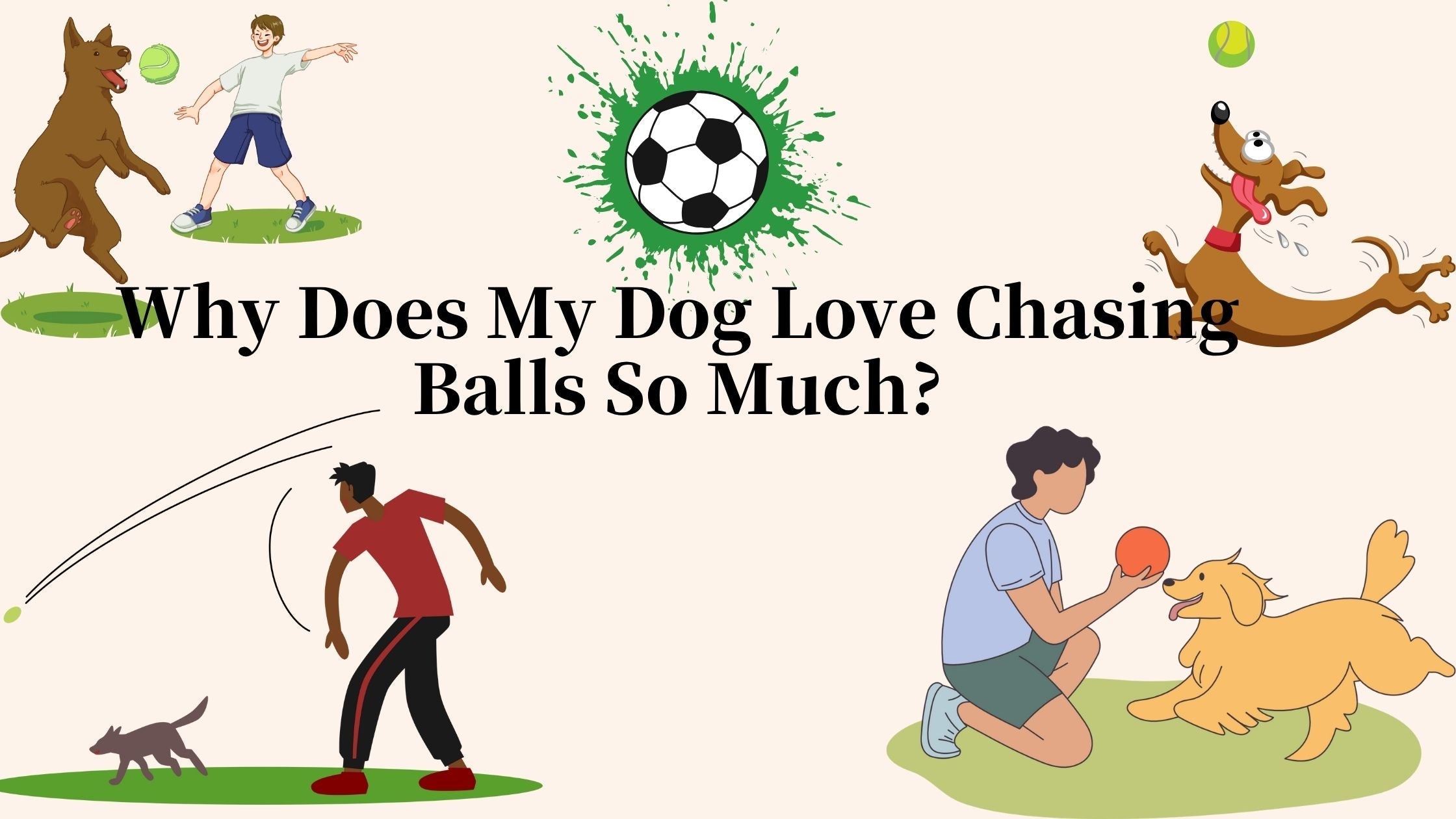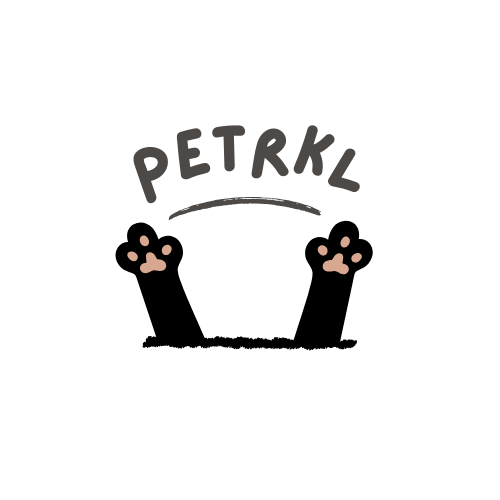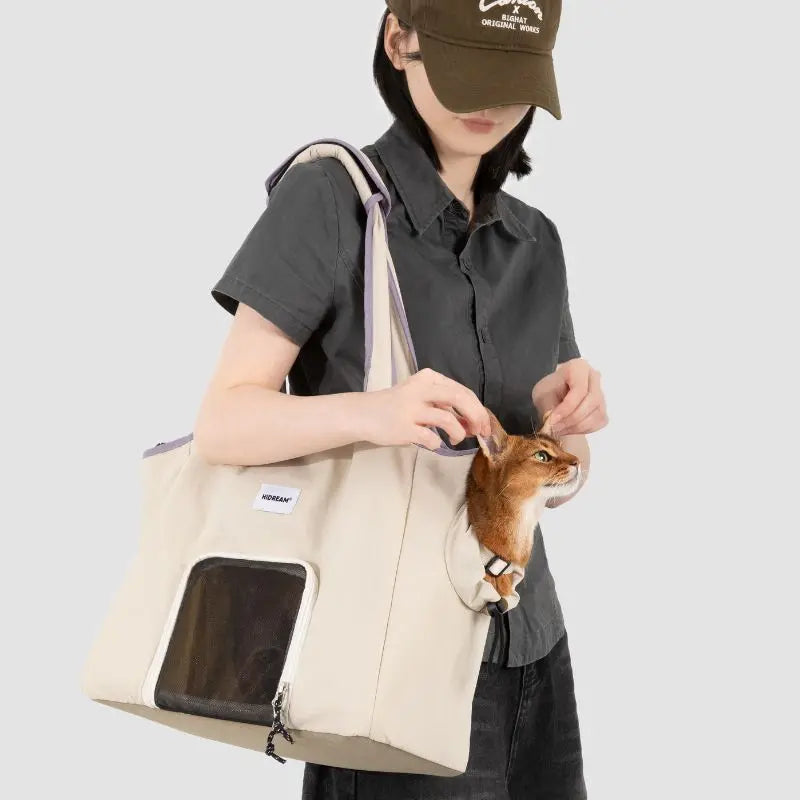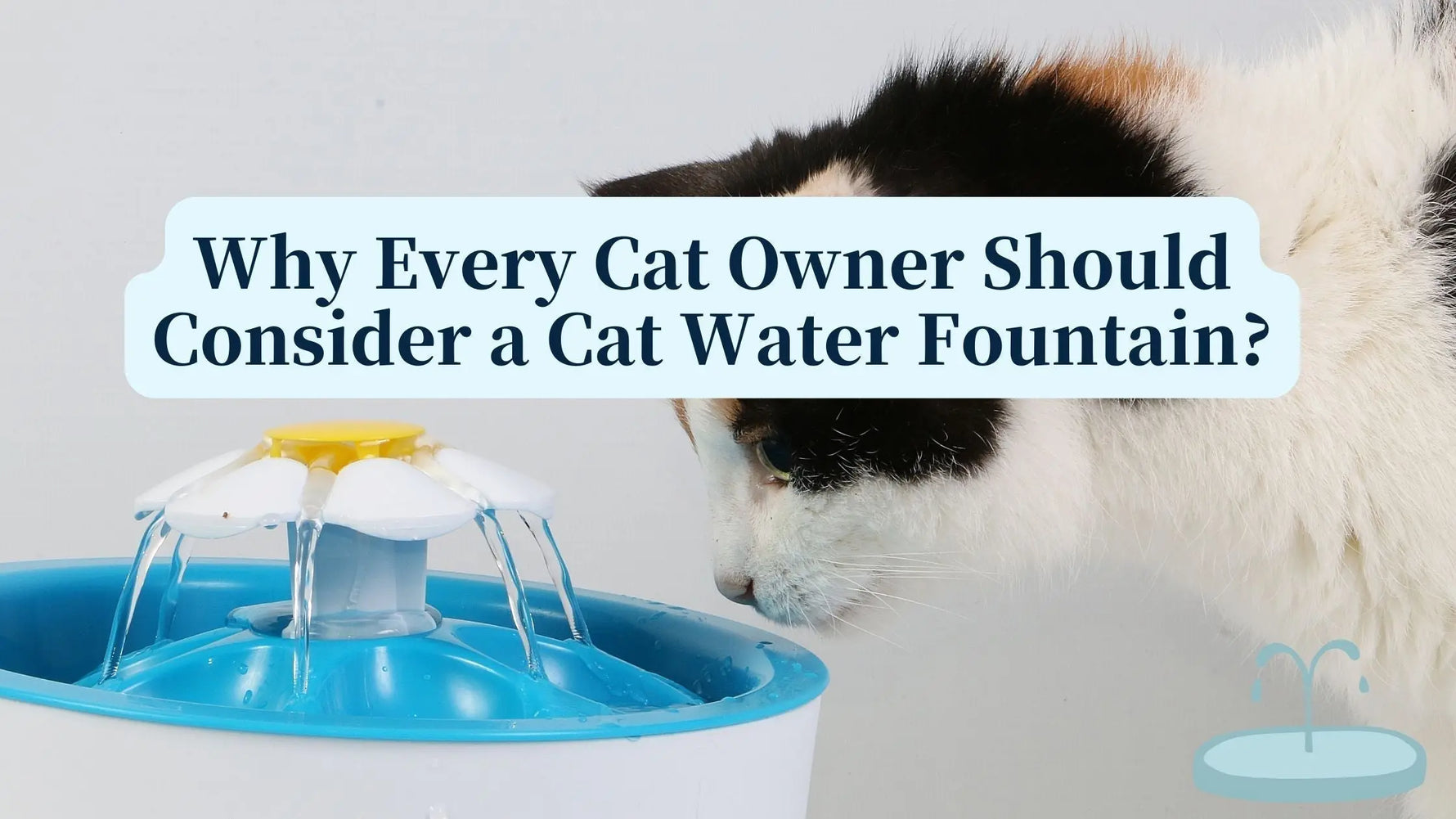
Why Does My Dog Love Chasing Balls So Much?
Why Does My Dog Love Chasing Balls So Much?
Dogs and balls — it’s a classic duo that never gets old. Whether it’s a squeaky tennis ball under the couch, a durable dog soccer ball in the backyard, or a floating ball at the lake, dogs just can’t resist chasing them. But why are dogs so obsessed with balls, and how can you make this instinct fun, safe, and long-lasting?
Let’s dig (pun intended) into what drives your pup to chase, fetch, and play — and how you can turn it into interactive, World Cup-worthy fun!
The Science Behind the Chase
That intense focus when your dog locks eyes on a rolling ball? That’s instinct. Dogs are descendants of wolves who relied on movement to trigger their prey drive. A rolling object mimics that movement, and your dog’s brain instantly thinks: Chase it!
It’s not just play — it’s biologically rewarding. Chasing releases dopamine, the “feel-good” chemical, giving your dog excitement, satisfaction, and even stress relief. Think of it as your dog’s personal version of binge-watching their favorite show, but way more active.
Why the Dog Soccer Ball Wins
Not all balls are created equal. A dog soccer ball takes chasing to the next level:
- Durable & Safe: Premium non-toxic rubber that can handle heavy bites and repeated play.
- Interactive Design: Nylon tabs or straps create erratic bounces and make tugging easier.
- Multi-Surface Friendly: Perfect for grass, sand, or even water.
- Engaging: Keeps dogs mentally and physically stimulated for longer sessions.
Whether it’s for solo play or interactive fetch, the dog soccer ball transforms a natural instinct into a bonding experience.
How to Play Ball the Smart Way
Playing fetch isn’t just fun — it’s an excellent way to exercise and train your dog. Here’s how to make it safe and enjoyable:
1. Start Small
If your dog is new to fetch, keep sessions short — 5–10 minutes at first. Gradually increase the duration as stamina and focus improve.
2. Add Commands
Incorporate verbal cues like “Fetch”, “Drop it”, and “Stay”. Training during play strengthens communication and reinforces obedience.
3. Mix It Up
Rotate between a dog soccer ball, a squeaky toy, or a flying disc. Changing textures and weights keeps playtime stimulating.
4. Interactive Drill: “Pass the Ball”
Roll or gently kick the dog soccer ball toward your dog and encourage them to “kick” it back. This improves coordination and is hilariously cute for spectators!
Indoor Play Ideas
Rainy day? No problem. You can keep your dog active indoors:
- Use a lightweight dog soccer ball to prevent damage.
- Hallway soccer: Roll the ball down a corridor for chasing fun.
-
Hide-and-fetch: Hide the ball under blankets or pillows and let your dog sniff it out — perfect for mental stimulation.

Choosing the Right Dog Soccer Ball
Size and material matter for safety and fun:
| Dog Weight | Recommended Ball Size | Example Breed |
|---|---|---|
| Small (20–25 lbs) | 6" | Poodles, Beagles |
| Medium (25–50 lbs) | 7–8" | Border Collies, Corgis |
| Large (50–90 lbs) | 9–10" | Labs, Golden Retrievers |
Pick a size your dog can carry but not swallow.
If your dog loves water, get a floating dog soccer ball for pools or lakes.
Keeping Your Dog Interested
Even the most playful pups can get bored. Try these strategies:
- Add Scent: Rub a little peanut butter or a treat on the ball.
- Change Environments: Backyard today, beach tomorrow — novelty keeps them engaged.
- Routine Play: Schedule daily “ball time” to release endorphins.
- Reward Retrieval: Treats and praise when your dog brings the ball back.
Trainer Tip: If interest wanes mid-game, take a short break — scarcity increases excitement.
Score Goals with Your Pup: World Cup Fun!
With the FIFA World Cup approaching next year, it’s the perfect excuse to turn your backyard into a mini stadium — starring your dog!
Mini Matches: Set up simple goals and let your dog chase and “kick” the dog soccer ball.
- Skill Drills: Practice “pass” and “dribble” with gentle rolls or kicks.
- Team Play: Invite friends with their pups for a backyard World Cup match.
This way, your dog gets exercise, mental stimulation, and a dose of World Cup excitement — all while strengthening your bond.
Common Fetch Problems
Won’t Bring the Ball Back?
Try two balls — when your dog runs off with the first, show them the second. They’ll drop the first to chase the new one.
Overly Excited or Aggressive?
Teach “Drop it” calmly, and end the game if guarding behavior occurs.
Not Interested?
Switch to a textured or squeaky dog soccer ball for extra sensory engagement.
Final Thoughts
Chasing a ball isn’t just fun — it’s instinct, exercise, and bonding all rolled into one. With a dog soccer ball, you’re not just giving your pup a toy — you’re giving them an outlet for energy, a mental challenge, and a reason to wag that tail endlessly.
And with the World Cup coming, why not celebrate by making your backyard a training ground? Who knows — your dog might just become the MVP of fetch!
Ready to elevate playtime? Check out the Petrkl™ PawKick — built for fun, durability, and endless tail wags.
Share






